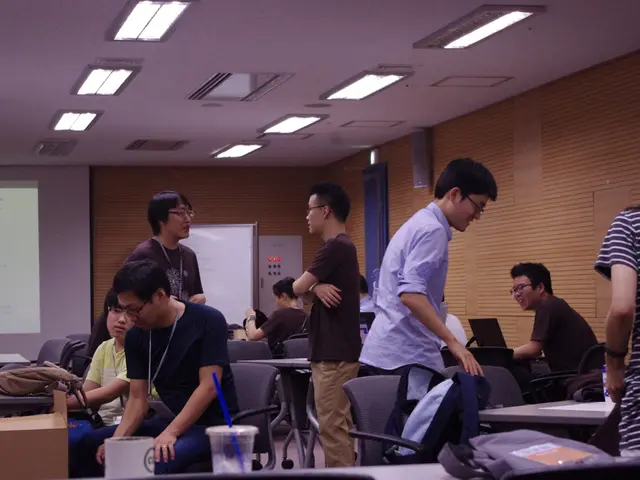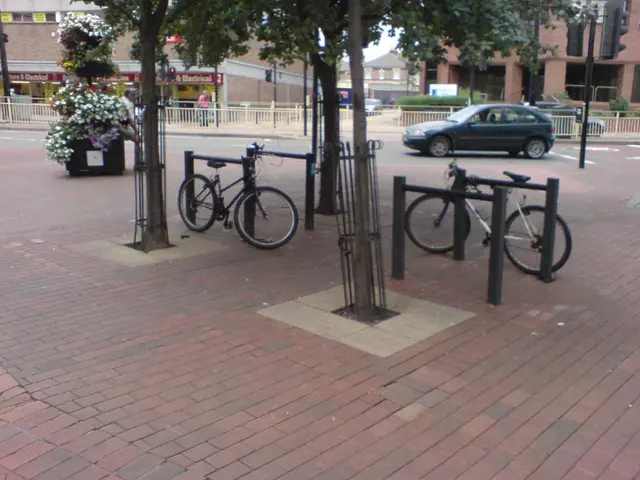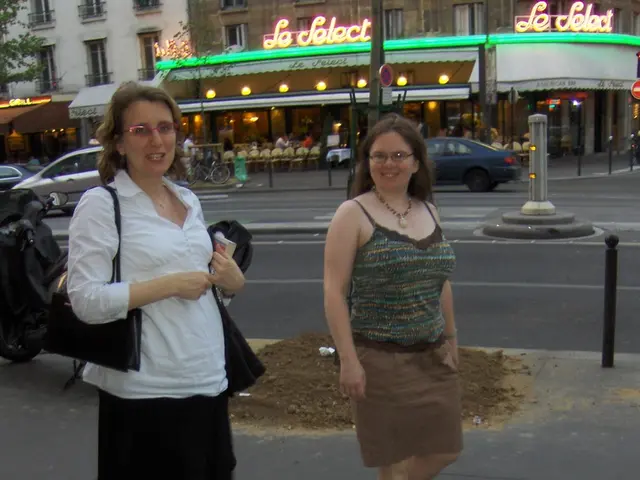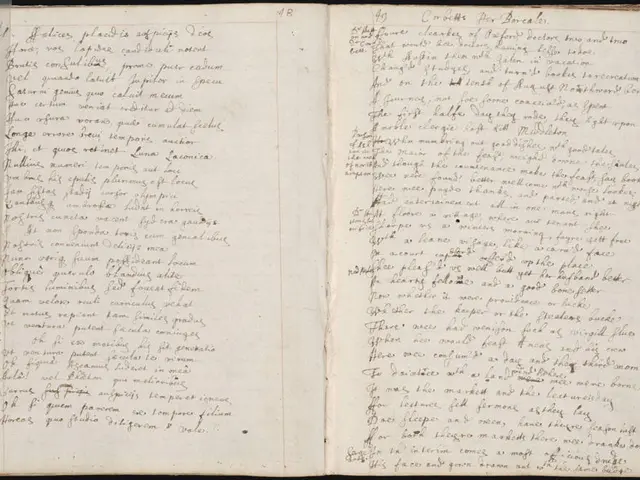Delay at an intersection? Implementing bans on specific left turns aids in smoother traffic movements
In a groundbreaking development, Associate Professor Vikash Gayah from Penn State's civil engineering department has created a flow movie of a new method to optimize left turns at busy intersections in cities, aiming to improve overall traffic flow. This research, supported by a National Science Foundation CAREER award, has been published in the Transportation Research Record Journal of the Transportation Research Board, with the DOI being 10.1177/03611981211011647.
The innovative approach combines two existing heuristic algorithms: population-based incremental learning (PBIL) and Bayesian optimization. PBIL randomly samples potential configurations and recognizes the patterns of high-performing options, while Bayesian optimization uses this knowledge of traffic dynamics to find more efficient solutions, starting with the best guesses from the PBIL.
Gayah's research focused on the city of Philadelphia, studying traffic flow in urban air areas to optimize left turns at specific intersections and improve overall traffic conditions. Left turns are a significant contributor to traffic bottlenecks and severe crashes, especially with pedestrians.
The number of restriction possibilities to consider can be overwhelming, with 65,000 different configurations for just 16 intersections. However, the hybrid method, consisting of PBIL and Bayesian optimization, identified configurations leading to more efficient traffic patterns than a layout with zero restrictions in simulated scenarios.
In more realistic simulations, the hybrid method proved to be the most effective. Efficient configurations tended to ban left turns in the middle of the Kansas City, allowing them more often on the periphery. By selectively restricting left turns, drivers may need to find alternate routes to their destinations in certain areas, potentially traveling a few extra blocks.
Urban planners must balance intersection productivity and increased travel lengths when determining where to place the restrictions. The algorithm's generalized approach can be configured for any network with a little bit of coding, making it adaptable for city-specific needs.
It is essential to note that custom configurations cannot be directly applied from one city to another. However, the generalized approach can be a valuable tool for urban planners, helping to make informed decisions about traffic flow management.
The grid network is the most generalizable and not specific to any city. This research offers a promising solution to the ongoing challenge of managing traffic flow in urban areas, paving the way for safer and more efficient cities.
Meanwhile, Murat Bayrak, a postdoctoral researcher in the Department of Civil Engineering at Aalto University, also contributed to the project. Bayesian optimization analyzes the new set of high performers to identify how restrictions are affecting traffic at adjacent intersections, providing further insights into the effectiveness of the new method.
This research represents a significant step forward in optimizing traffic flow in urban areas, offering a data-driven, adaptable, and effective solution to the complex challenges faced by cities worldwide.
Read also:
- Sara Walker and the Writer Discuss Life's Definition
- Europe Witnesses Seven Showcases of Safely Assimilating Autonomous Aerial Vehicles
- Tech Giant Flip Collaborates with Quantum Company Q.ANT for New Startup Initiative: Startup Revolution
- Strategies for Making Your Online Retail Enterprise More Eco-friendly (10 Approaches)








